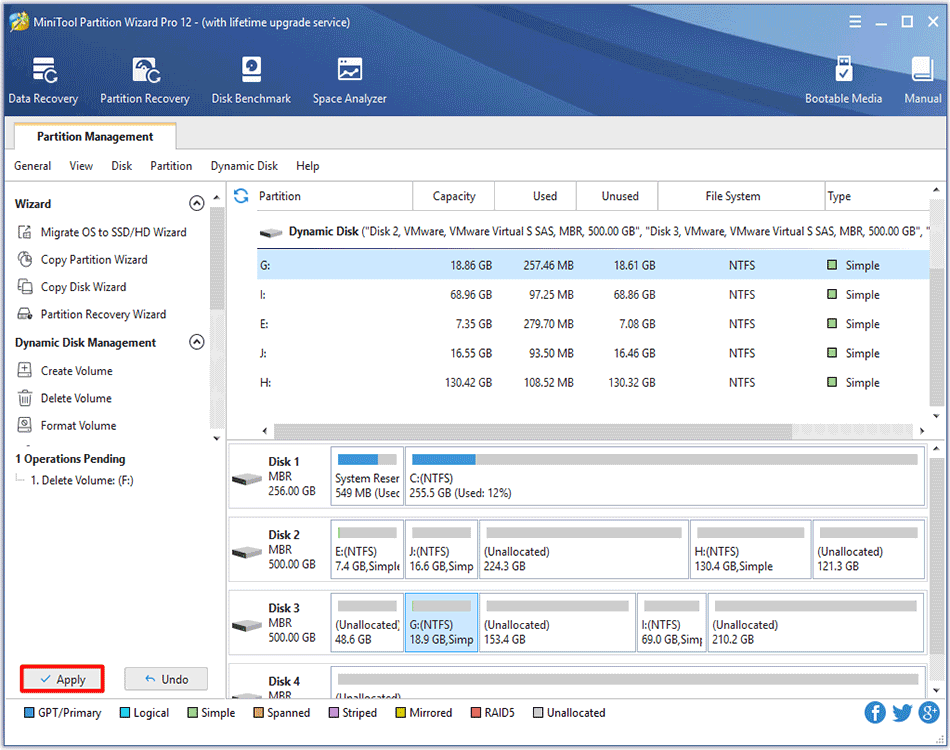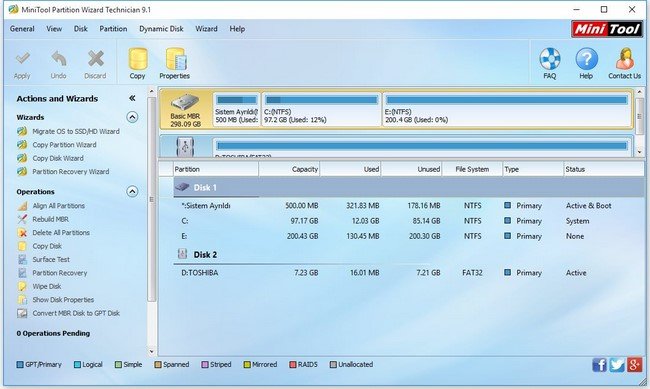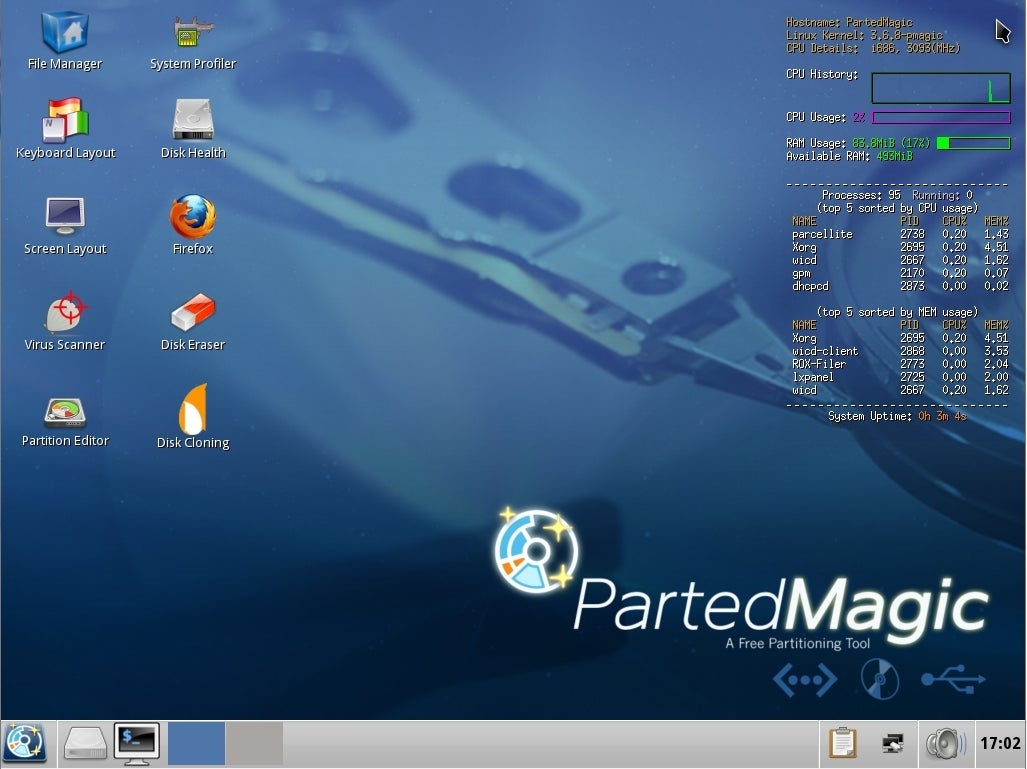

Even if you aren’t into the covert aspect of this device, the research has done into USB storage controllers and flash chips, combined with the KiCad footprints he’s already put together means this open source project will be a great example for anyone looking to roll their own USB flash drives.


You still need to implement a USB Mass Storage device, and that’s where things get particularly interesting. Of course, detecting wet skin is only half the equation. And what’s something a microcontroller should be able to detect easily without a lot of extra parts? A freshly-licked finger. He says a dry finger should be around 1.5 MΩ, but wet fingers are more like 500 kΩ.īut why detect a wet finger as part of access control? Well, what’s something no normal person would do right before plugging in a USB drive? Lick their finger.

plans to have hidden electrodes surreptitiously measure the resistance of a user’s finger when it’s being plugged in. The second part is the access control the “wet fingers” part. Toggling the chip enable (CE) pin will hide the drive’s contents. In such environments, it is better for the drive to appear completely normal. But in some environments, the mere presence of encryption technology can be considered incriminating. First, encryption is of course the technologically sound and correct solution to data security. It sounds weird, but let’s walk through the thinking behind the concept. What separates authorized access from unauthorized? Wet fingers. The only difference is this: if an unauthorized person plugs it in, there’s no data. Instead of relying on encryption or other “visible” security features, this device looks and works like an utterly normal USB drive. Has a very interesting new project: a completely different take on a self-destructing USB drive.


 0 kommentar(er)
0 kommentar(er)
